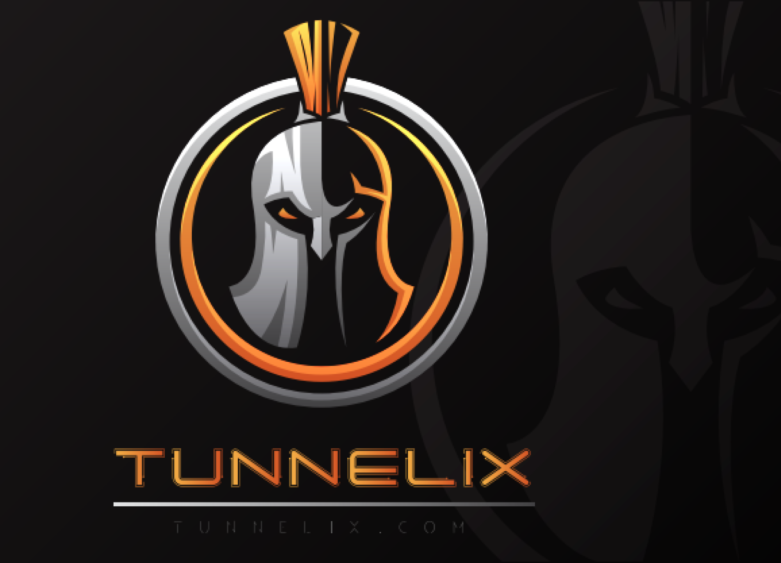Since the recent boom in Bitcoin and other cryptocurrencies, there has been a boom of more than 5000 traded cryptocurrencies. No wonder malicious actors seized the opportunities as well. The potential of Bitcoin as a digital gold is still striving to occupy traders’ portfolios because of the continuous ups and downs and technical limitations. There is also high-risk tolerance. This article will focus on the principle of Wallet, Key Storage and Crytocurrencies.
Here are some articles written about Blockchain and Cryptocurrency:
- Navigating the financial revolution: AI, Blockchain and Traditional banking
- Exploring the Depths of Blockchain: Decentralization, Smart Contracts, and Beyond
- Blockchain Network and its Security Issues Underneath
- Bitcoin: Bitcoin Header and its ledger system
- Bitcoin Basic Mining concepts
- The quest for survival of public Blockchains like Bitcoin
- Proof of Stake in Blockchain
- Ethereum, Solidity and Decentralization
- Smart Contracts and Tokens in Ethereum
- Directly on the Blockchain: This involves peer-to-peer transactions where the buyer and seller interact directly. The seller advertises their public key, which is used to identify their wallet. The buyer sends cryptocurrency directly to this public key. This method requires a good understanding of private-public keys and wallet management. While this method is straightforward, it requires a high level of trust between the parties involved since there is no intermediary to facilitate the transaction.
- Through a Cryptocurrency Exchange: Cryptocurrency exchanges act as intermediaries between buyers and sellers. They provide a platform where users can trade cryptocurrencies securely. Exchanges often have mechanisms in place to ensure trust and security, such as escrow services, user reviews, and regulatory compliance. Most people prefer using exchanges because they reduce the risks associated with direct transactions, such as fraud and technical errors.










+ There are no comments
Add yours